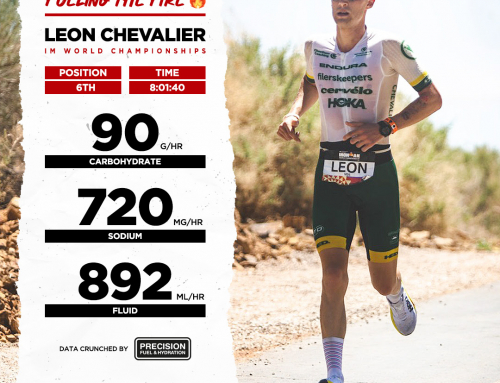Nutrition to Prevent Stress Fractures
Ali Patterson is GPC Squad’s partnered sport dietician. She has helped many of our athletes with hydration & sweat testing, ironman nutrition, healthy weight management and improving overall nutrition. Below is one of her latest blogs specific to stress fractures- a common injury seen in, but not exclusive to, female triathletes and runners. For more information specific to your needs please contact her via her web site on the link at the bottom of this blog.
Bone health is incredibly important for active people. Unfortunately though, it’s not often considered until there is a problem – most commonly a stress fracture. While there are many factors that contribute to the development of stress fractures, nutrition has an essential role in the development of good bone health and prevention of bony injuries.
VITAMIN D
Vitamin D is critical for good bone health by helping to regulate blood levels of calcium and support the development and maintenance of the skeleton. Although there are small amounts of Vitamin D in oily fish, some milks and margarine, is difficult to obtain sufficient Vitamin D from food. In fact the best source of Vitamin D is sunlight (obviously, though it’s important to balance Vitamin D needs with skin cancer risk). If you’re inside most of the day and see very little sunlight, supplementation with Vitamin D may be warranted, especially over the winter months.
CALCIUM
It will come as no surprise to most people that eating sufficient calcium rich foods is imperative for good bone health. Milk, yoghurt, cheese and other dairy foods are the obvious winner when it comes to calcium; but other alternative include almonds, dark green leafy vegetables, tofu and canned fish (with bones).
ENERGY INTAKE
Energy intake a big one when it comes to bone health. It is a common misperception that only athletes with eating disorders or a low body fat percentage get stress fractures. However, recent research points towards a newer concept referred to as energy availability as being a major contributor to bone health in active people. Energy availability refers to the amount of energy leftover, after accounting for the energy used for exercise, for the body to carry out all the activities it needs to do to keep your body ticking away in good health. When energy availability drops too low, reproductive function and bone health can be compromised leading to loss of (or irregularities with) menstruation and increased risk of bone injuries such as stress fractures.
Importantly, low energy availability can occur unintentionally – especially in busy athletes. Rushing from training to work or school or to pick up the kids can lead to missing out on sufficient energy to match training needs. If you’re a busy athlete on the go, the following tips can help you ensure that you are getting enough energy in over the day:
- Fill up a container with bircher muesli topped with almonds and berries – packed with quality carbohydrates and protein it’s an easy, quick recovery breakfast on the go
- Pack portable snacks in your training bag so that you can squeeze in a recovery snack after training even if you’re in a rush or running late. Tetra packs of flavoured milk, homemade muesli bars, cheese and cracker snack packs and trail mixes are all non perishable options that will help meet your carbohydrate and protein recovery goals
- If you know that it is going to be late when you get home from training, prepare your dinner in advance so that all you need to do is re-heat and serve.
To see the original article or to book an appointment with partnered sport dietician Ali Patterson please check out her web site here.









